Mathematics is the cornerstone of machine learning, and to lay a solid foundation, the participants of “Unit 1991” training course specifically learn the directions of mathematics needed for becoming a qualified machine learning specialist.
In September 2019, the Foundation for Armenian Science and Technologies (FAST), Defense Ministry of Armenia and the Hi-Tech Cyber Security Center signed an Memorandum of Understanding within the framework of “Unit 1991” program. FAST has launched the “Unit 1991” training course.
Post-graduate student of Yerevan State University (YSU), senior machine learning engineer at Krisp, Vazgen Mikayelyan, who teaches mathematics at “Unit 1991” training course, told Mediamax about the peculiarities of teaching theoretical mathematics and the importance of chosen directions.
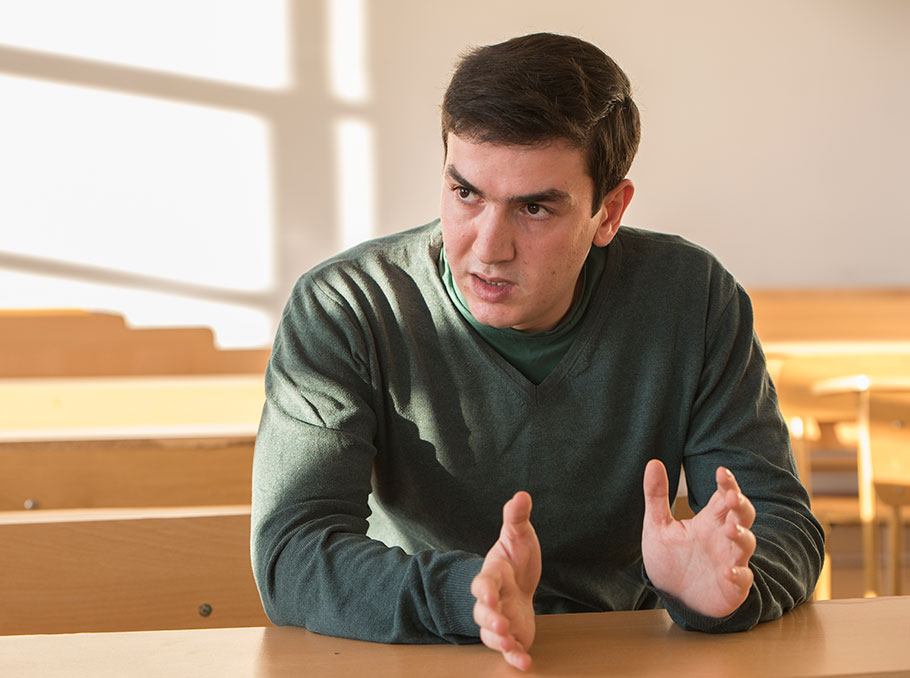 Vazgen Mikayelyan
Vazgen MikayelyanPhoto: Mediamax
There are many people in Armenia successfully engaged in machine learning, but they don’t have basic mathematical knowledge. I often hear that it’s a problem for them. Although they do manage to somehow get some results, however it is all empirical because, for example, they cannot understand through mathematics how to improve the received model. Our courses try to lay a solid mathematical foundation for the students and develop mathematical thinking so that they don’t face these kinds of problems,” said Vazgen Mikaelyan.
***
“Mathematics for machine learning” teaches the directions which cover the knowledge required for machine learning: linear algebra, analytic geometry, mathematical analysis and probability theory.
Linear algebra
“What we learn in linear algebra, teaches abstract thinking. Based on the knowledge of the audience, we develop the skill to build common models and common structures.”
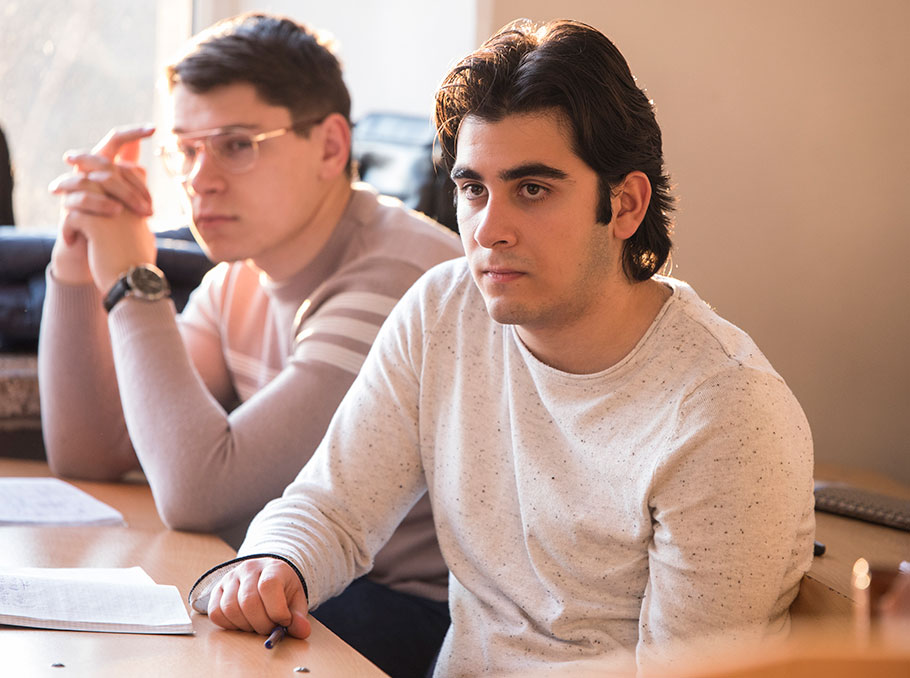
Photo: Mediamax
Analytic geometry
“Often, when students hear the word geometry, they immediately visualize a circle or a rectangle, but in reality, analytical geometry is a different thing. During these lessons, we try to bring the geometry that our students know to the field of algebra and to study it algebraically, give solutions.”
Mathematical analysis
“I think mathematical analysis is the most important subject for machine learning. It gives people mathematical thinking, the ability to do mathematical analysis. We learn many theorems during this lesson, but the students will hardly remember all of them. As one of the classics used to say, education is what remains after one has forgotten everything he learned in school. What I mean is that the result of learning and understanding these theorems should not be memorizing them by heart but the ability to analyze any situation mathematically.”
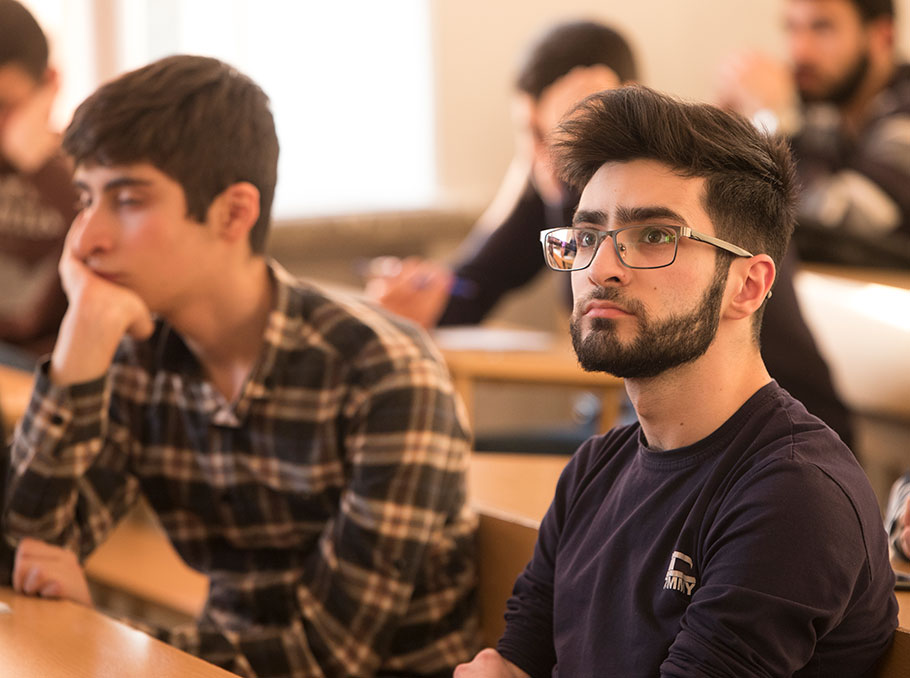
Photo: Mediamax
Probability and statistics
“If you ask anyone on the street what probability is, they will certainly have an idea about it, but won’t be able to define it. The probability theory can be very useful in military. For example, if the camera has detected human movement, you have to figure out whether the enemy has penetrated the area. The model that can be developed will indicate the probability of the enemy penetration, or the probability that the person in sight is Armenian.”
***
While developing the “Mathematics for machine learning” course, Vazgen Mikaelyan was guided by both his own and international experience.
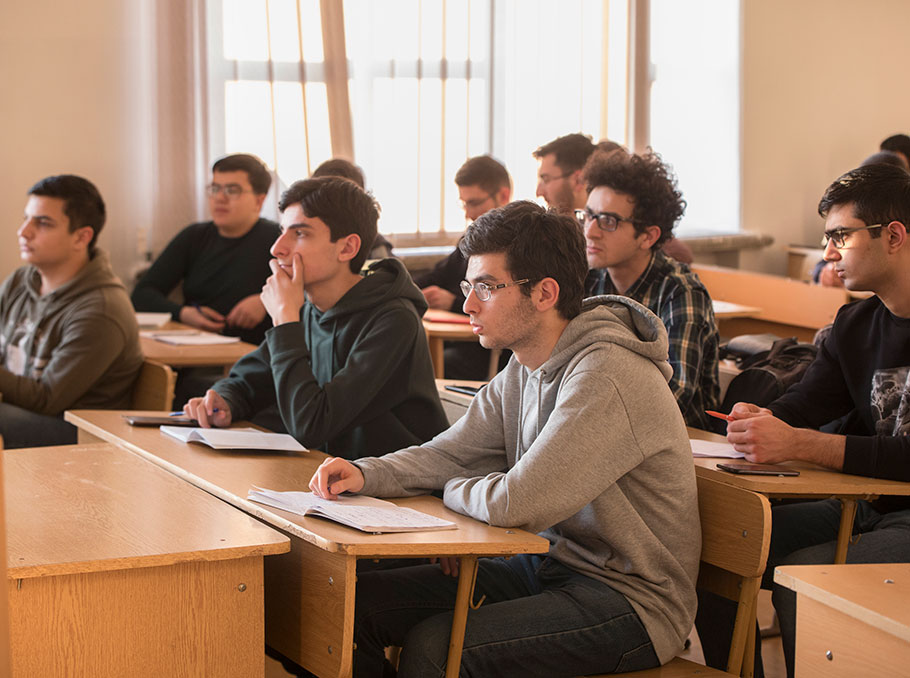
Photo: Mediamax
“I have been working in machine learning for about 3 years. Before that I’ve been studying at the University for 4 years. When you work in the field for 3 years, you understand what you need in your profession from what you’ve learned in university. When preparing the course, we have been guided by our experience, international courses and various books. In addition to topics presented in the classroom, students are provided with literature so that they can read and study on their own, and in case they have any questions - discuss them with us.”
The students are thrilled to take part in “Mathematics for machine learning” course, and they get especially excited when trying to prove theorems.
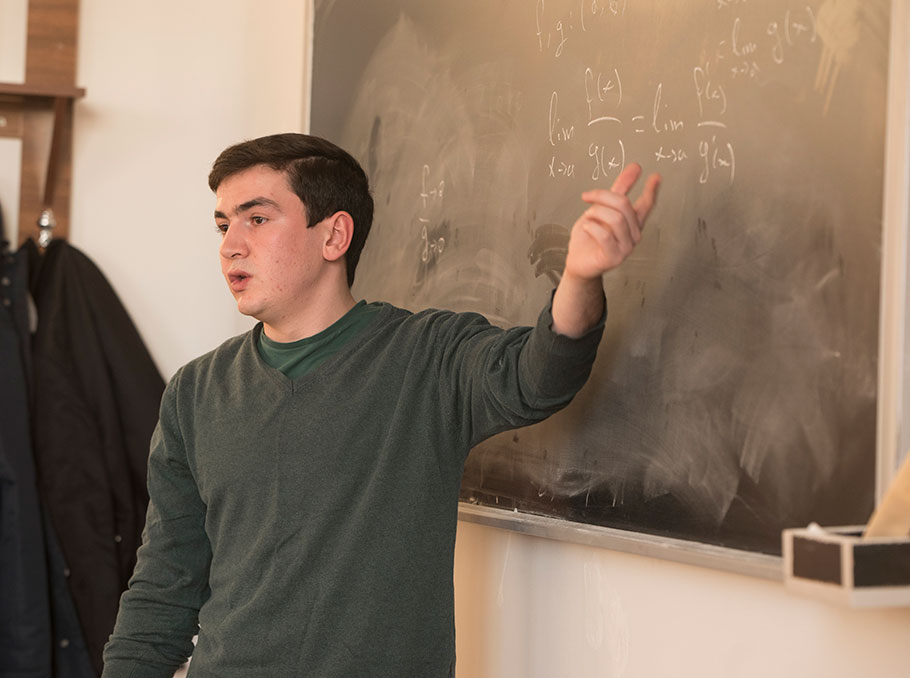
Photo: Mediamax
I formulate a theorem and tell them in what situations it may be needed. Then the students start to prove the theorem, give ideas, and we all together discuss the steps. Since there are so many smart students here, it is a challenge for them to be able to prove the theorems by themselves. As for theoretical mathematics, if someone doesn’t know theoretical mathematics, it is absolutely pointless to speak about applied mathematics. Today there are many tools on the web and people can write a function and calculate the integral using a tool. These people may say that they don’t need to know how to calculate the integral, but the process of calculating creates an entire mindset that can be useful in many different situations, and not only in mathematical directions,” Vazgen Mikaelyan said.
Marie Tarian
Photos: Emin Aristakesyan














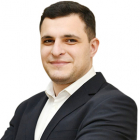


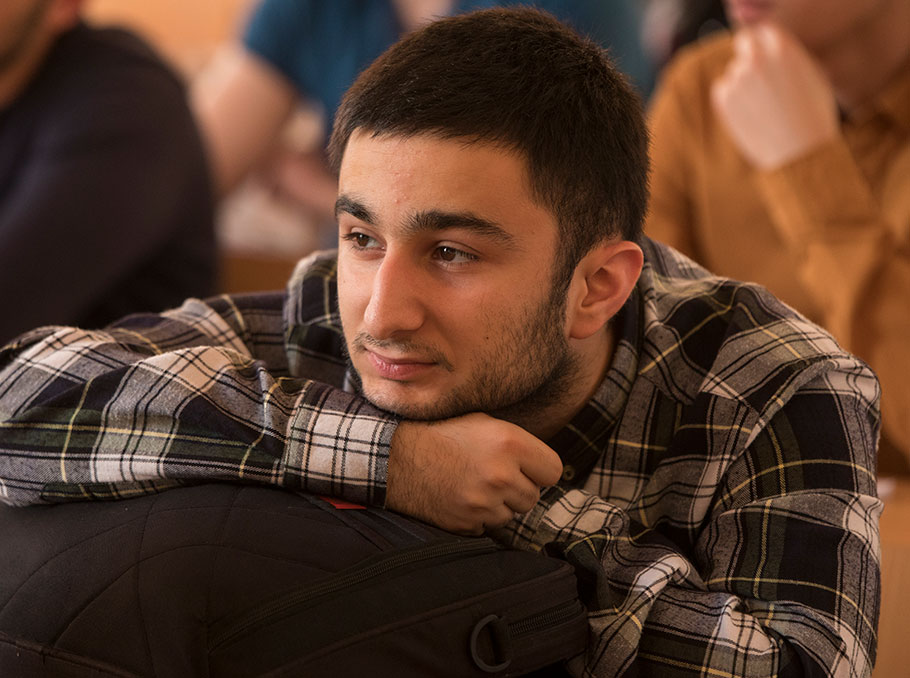
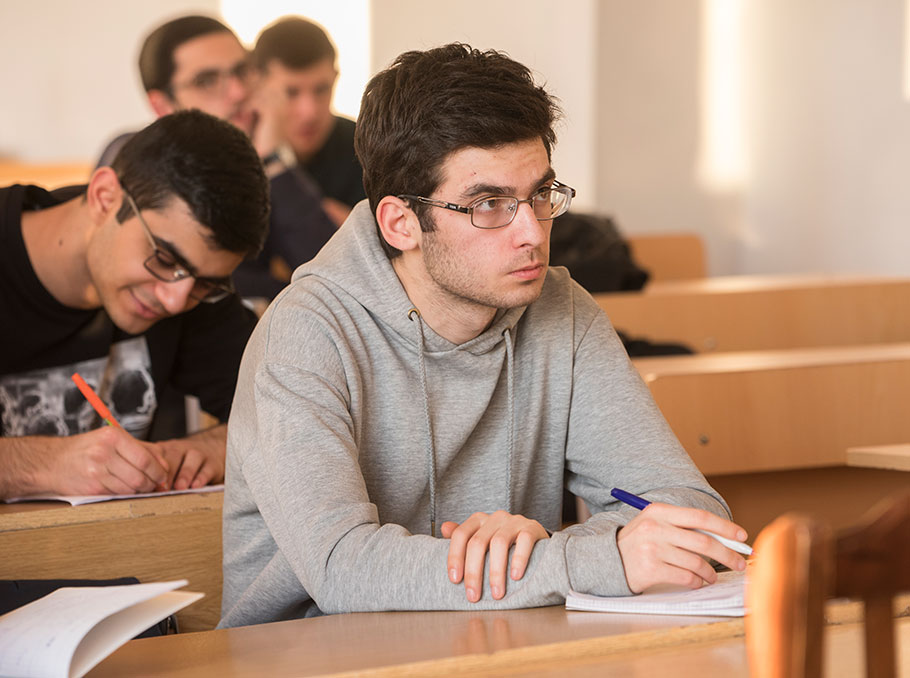





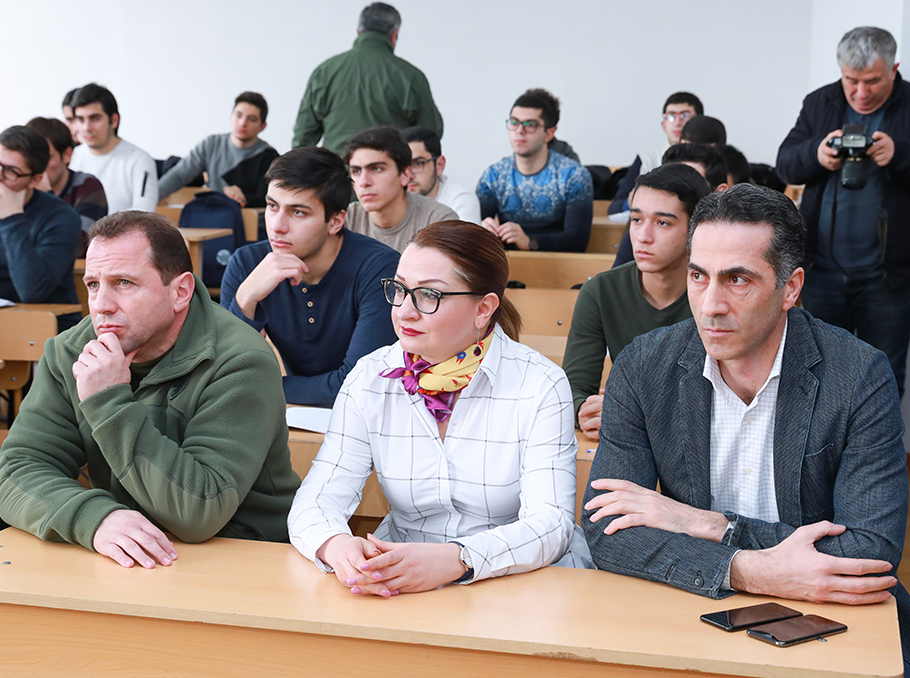






Comments
Dear visitors, You can place your opinion on the material using your Facebook account. Please, be polite and follow our simple rules: you are not allowed to make off - topic comments, place advertisements, use abusive and filthy language. The editorial staff reserves the right to moderate and delete comments in case of breach of the rules.